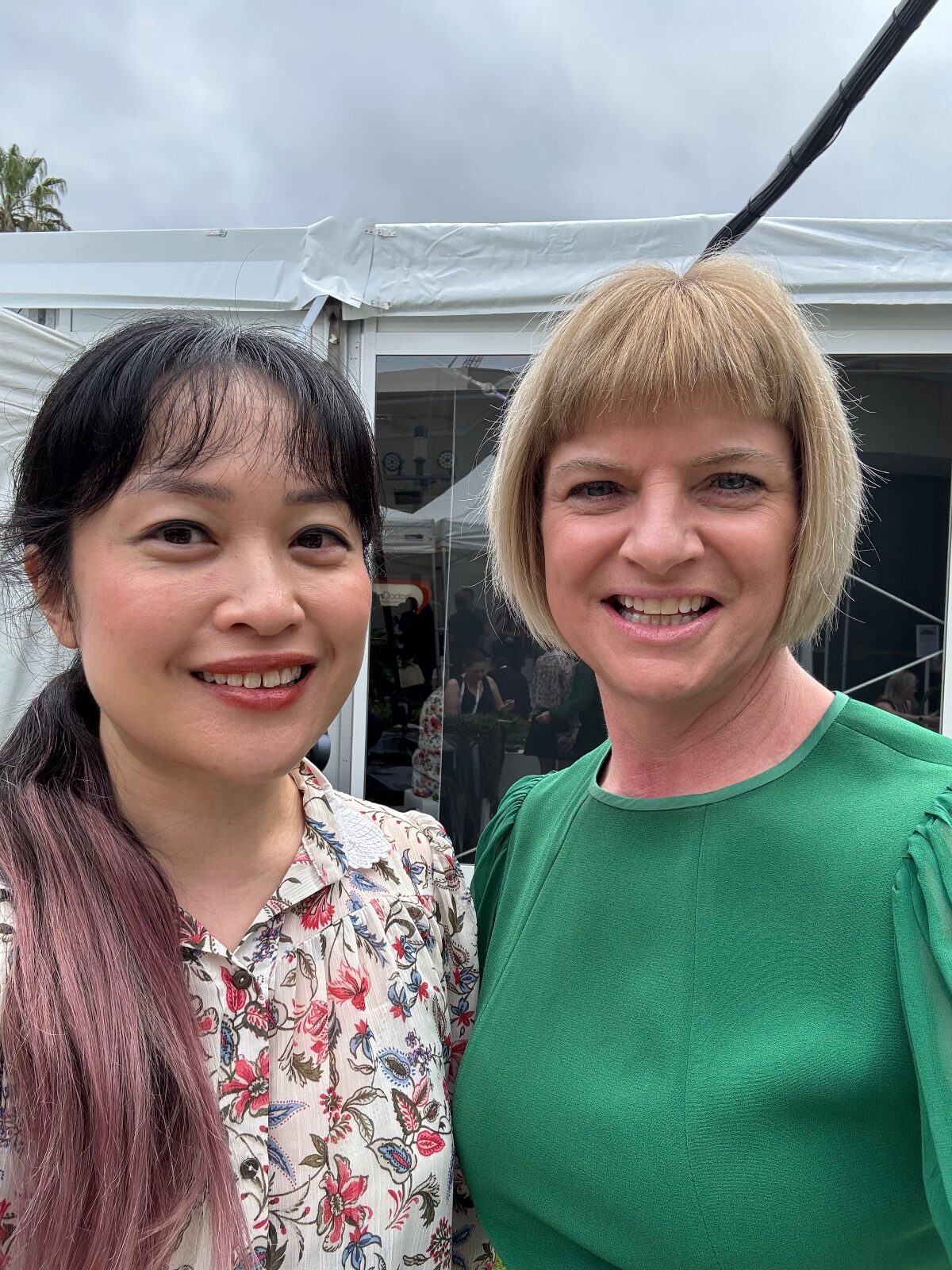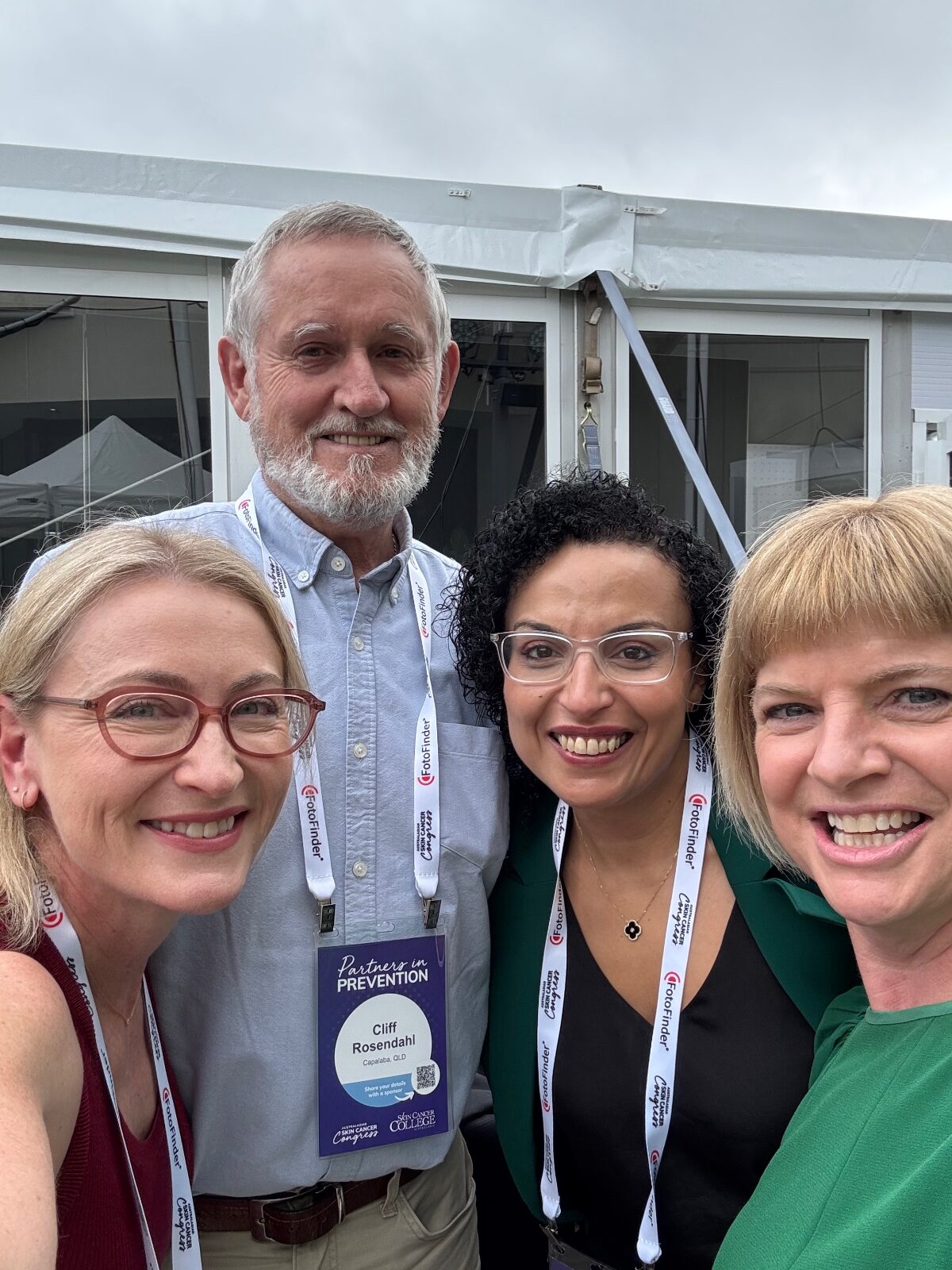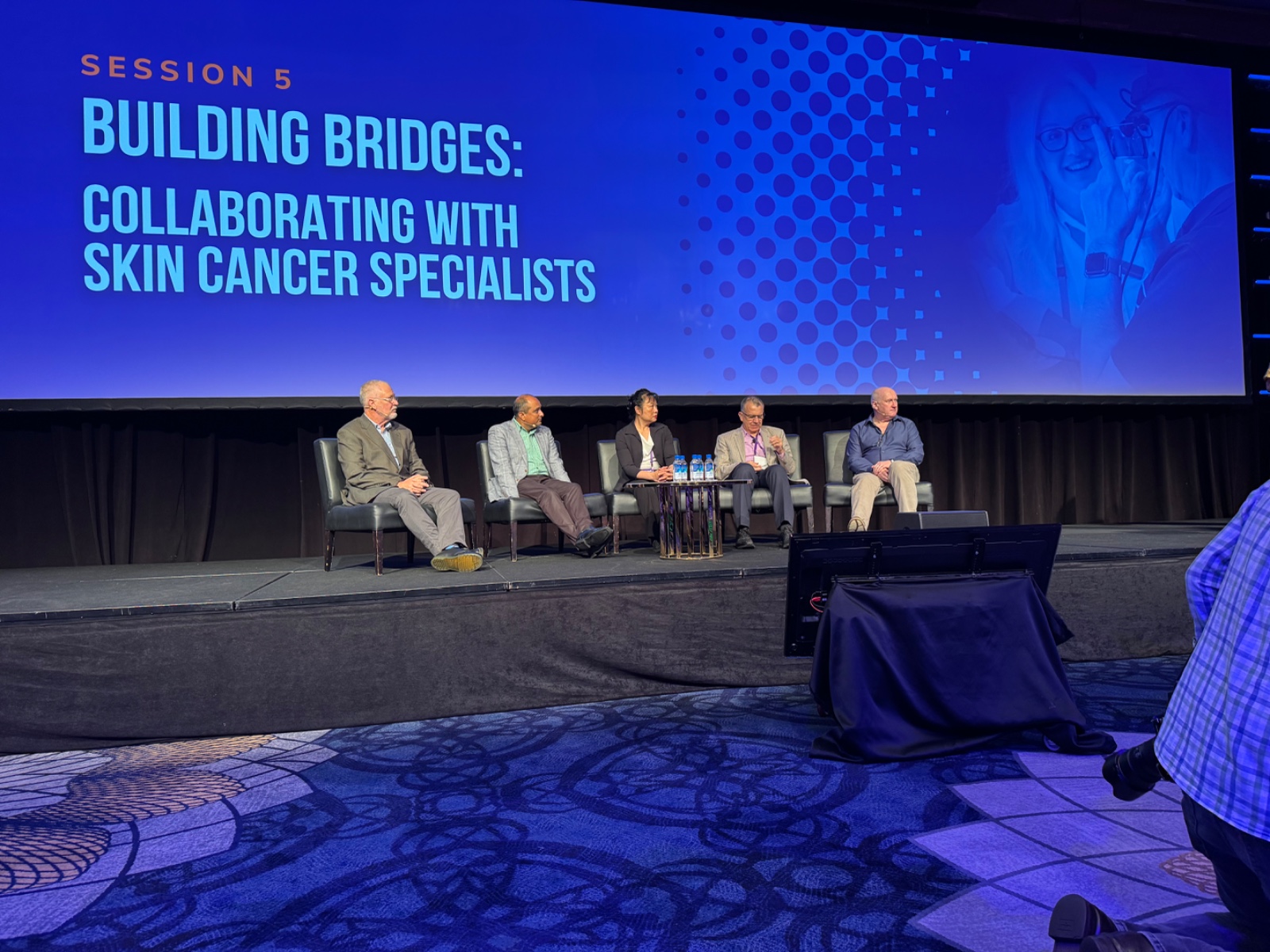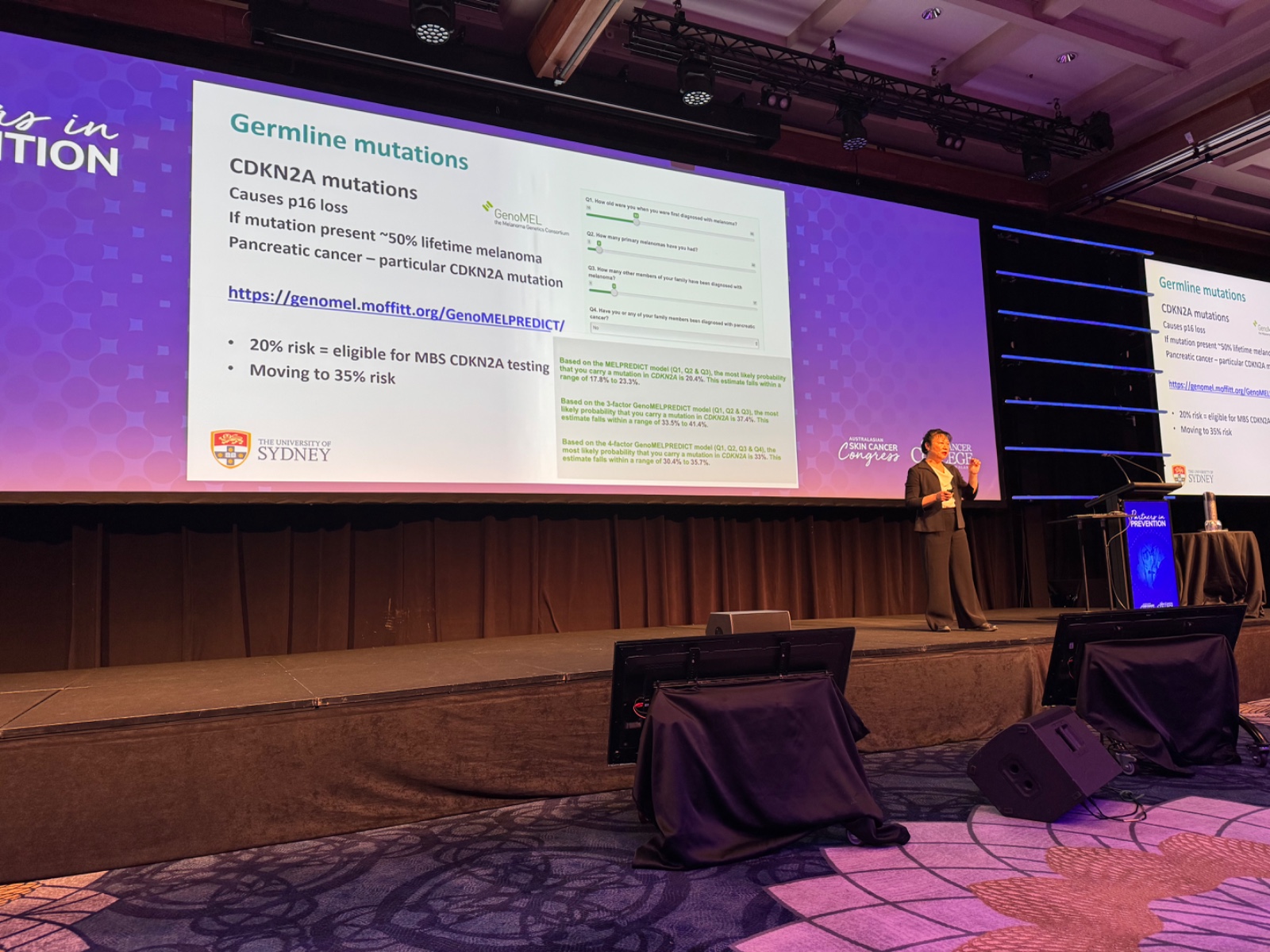- Chris Comans
- 0 Comments
Introduction
When people ask me why I regularly fly across the country to attend conferences like the Skin Cancer Congress, I smile and say, “Because it changes how I practice.” But the truth goes deeper. For me, professional development isn’t just about learning more—it’s about staying grounded in purpose, fuelling my passion, and improving how I care for patients.
The Value of Congress Learning
The recent Skin Cancer Congress 2025 on the Gold Coast delivered three days of cutting-edge science, lively debate, and meaningful human connection. As a Dermal Clinician, Melanographer, and Associate Member of the Skin Cancer College Australasia, events like these are pivotal—not only for staying updated with evolving research but also for being part of a community that champions evidence-based care and collaborative excellence.
Day 1: Moments that Matter
From the moment I boarded my early morning flight from Perth, I knew I was heading into an energising space. Day 1 was a perfect example of why these gatherings matter so much. Beyond the powerful clinical sessions, the real highlights often happened in the hallways and informal conversations.
One standout moment was meeting Dr Michelle Wong, widely known as @labmuffinbeautyscience. Her brilliance in science communication has long inspired me. The way she translates complex chemistry into accessible language mirrors my own mission when educating patients.

Throughout the congress, I reconnected with old friends and colleagues, including UQ alumni Dr Tracey Purnell and Dr Paul Patterson, both of whom I studied alongside during my time in the UQ Skin Cancer program. Seeing them now as lecturers and thought leaders was a powerful reminder of how we all continue to evolve and lift each other up.
Catching Up with Mentors and Friends
One of the absolute highlights of the congress was reconnecting with my long-time mentor and friend, Professor Cliff Rosendahl. Cliff has been instrumental in shaping my approach to dermoscopy and skin cancer diagnosis, and every conversation with him leaves me both inspired and grateful. Alongside Cliff, I reconnected with UQ alumni Dr Tracey Purnell—whose leadership and generosity continue to impress me—and had the pleasure of meeting Dr Heba Azer, another passionate clinician making waves in the field.

These moments reminded me that professional growth isn’t just about lectures or research—it’s about the people who challenge us, support us, and walk alongside us as we push the boundaries of what’s possible in skin cancer care.
Day 2: The Power of Collaboration
Day 2 reinforced a critical truth: no one in this field works in isolation. Collaboration isn’t just a buzzword—it’s the foundation of quality care. I had the privilege of connecting with highly experienced skin cancer doctors like Dr Vin Rajeswaran, Dr Angie Barker, and Dr Sammy Sharifeh, each of whom is advancing integrative, personalised models of skin cancer management.
Some of the most interesting updates included insights on somatic mutations in melanoma—the cancer with the highest mutation frequency—and the ever-expanding role of immunotherapy. While I don’t directly administer these advanced treatments, understanding them helps me better educate, advocate, and refer, ensuring my patients receive the most up-to-date, comprehensive care.
Day 3: Critical Reflection and Debate
Day 3 offered thought-provoking discussions that transcended clinical updates. I attended a fascinating session on second intention healing, a surgical approach that challenges traditional thinking about wound closure and aesthetics. Even more compelling was the robust debate around melanoma overdiagnosis—an issue that goes to the very heart of patient-centred care. It reminded me that our work isn’t always about clear-cut answers; it’s about applying judgment, evidence, and empathy to every decision.
My Continuing Commitment
At the heart of all this learning is a simple but profound commitment: to be the best practitioner I can be for the people who trust me with their skin health. With formal training that aligns closely with many primary skin cancer physicians, particularly in dermoscopy and diagnosis, I see it as my duty to continually expand my expertise. My ongoing education isn’t just for me—it’s for my patients, my colleagues, and the broader goal of lifting standards across the skin cancer care landscape.
Continuing professional development also strengthens our professional identities. As a dermal clinician, I know firsthand how essential our contributions are in early detection. Congresses like these provide spaces where my skills, training, and perspective are not only acknowledged but valued. They remind me why I do what I do and why I will always keep showing up to learn, grow, and advocate for top-quality care.

Looking Ahead
As I left the Gold Coast, I felt recharged and deeply grateful—not just for the new knowledge I gained, but for the relationships, mentorship, and shared sense of mission I brought home with me. I’ll be back next year, ready once again to push my own boundaries, challenge assumptions, and bring the very best of what I’ve learned back to my clinic.
Because in the end, continuing professional development isn’t just a box we tick. It’s a lifelong promise—to ourselves, to each other, and, most importantly, to the patients who count on us every single day.
